阿尔弗雷德·西斯利恩(1839-1899)
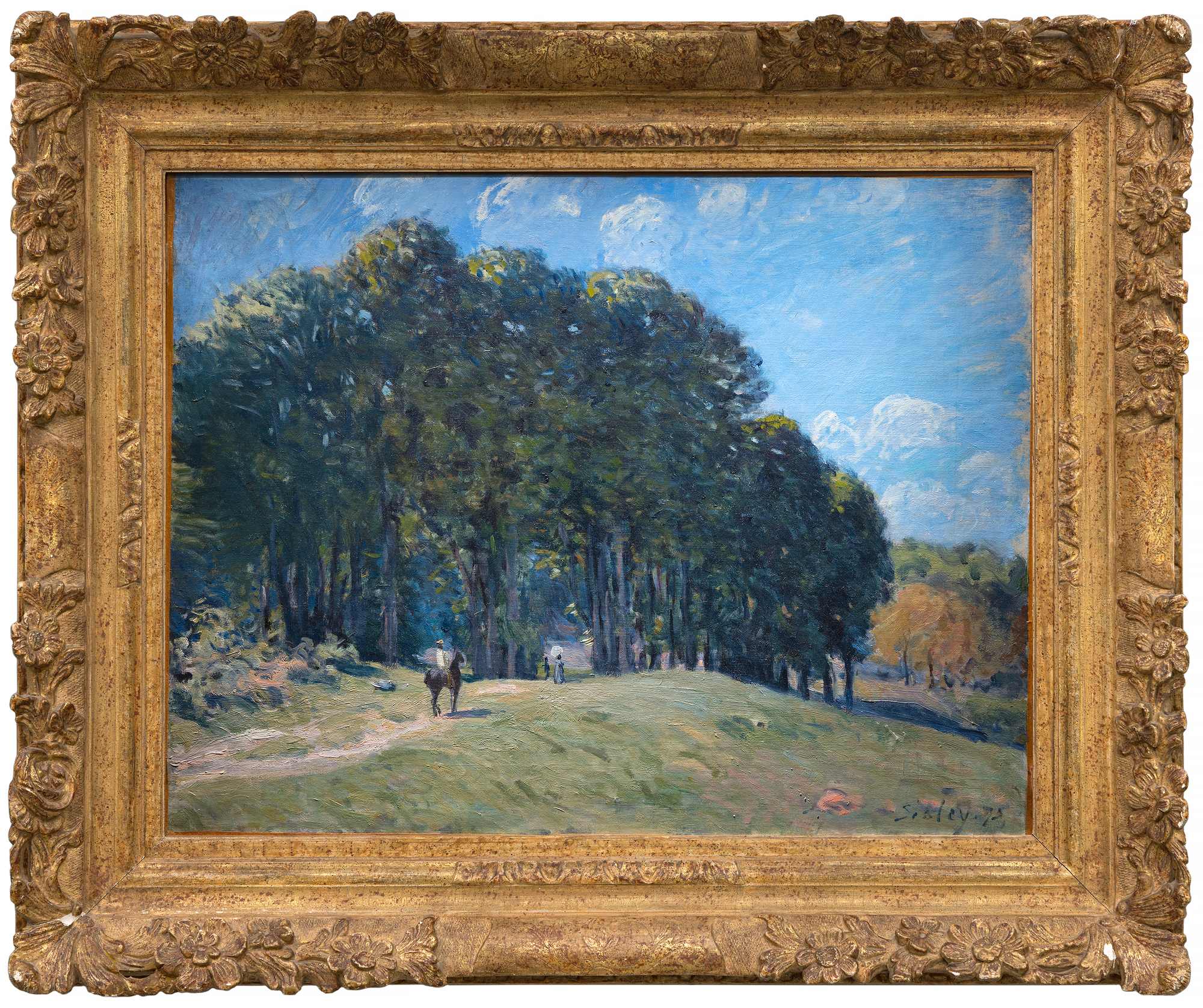
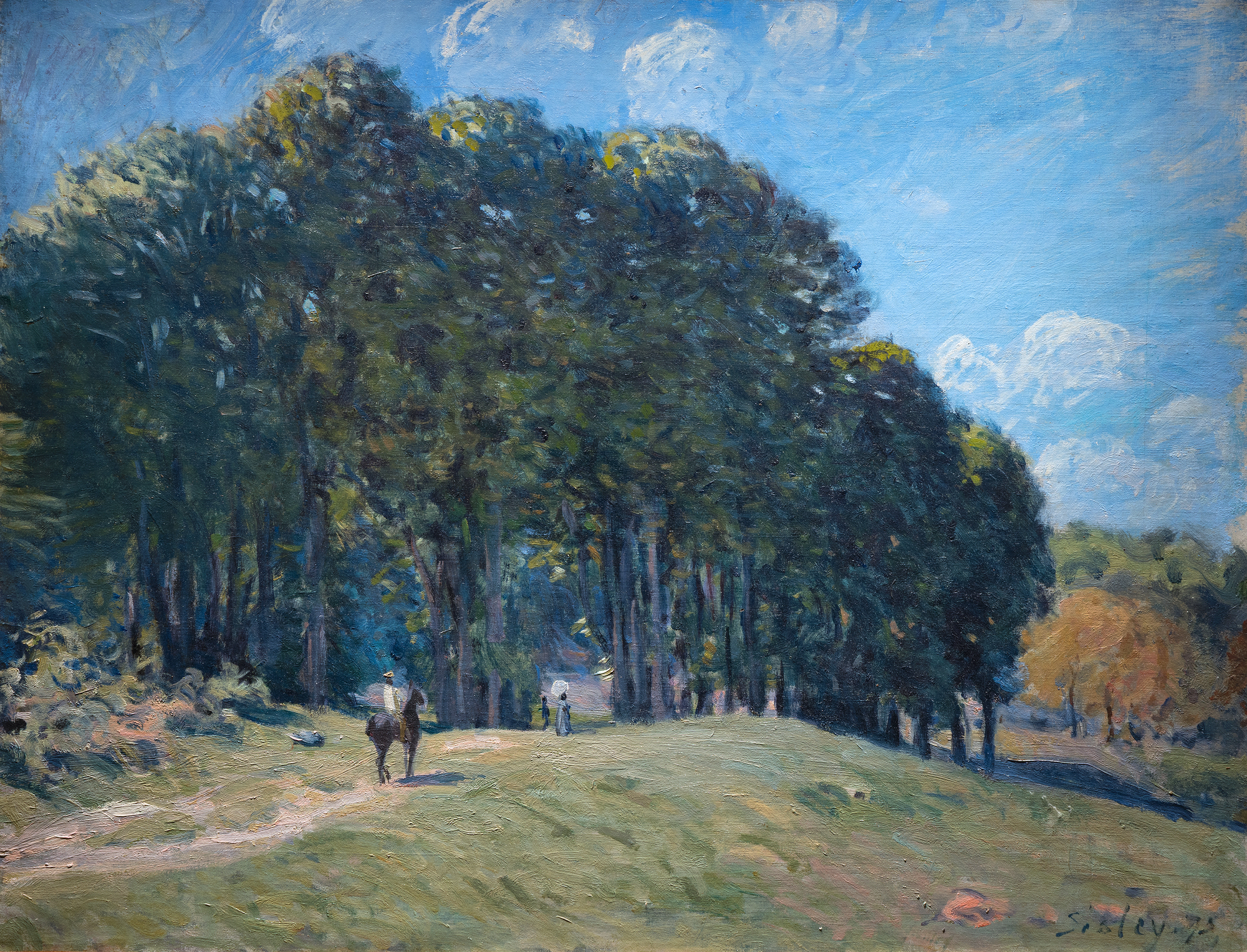
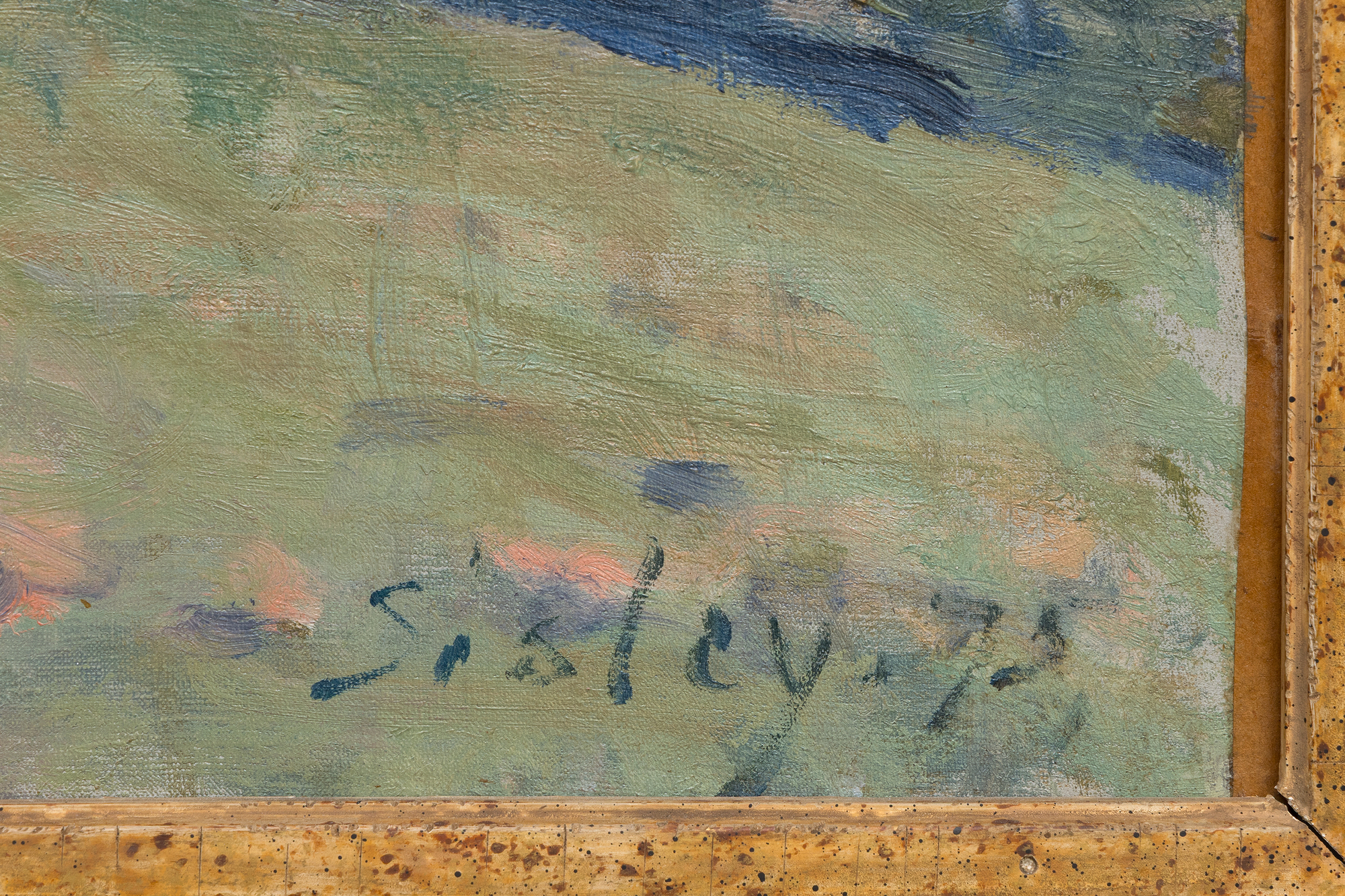

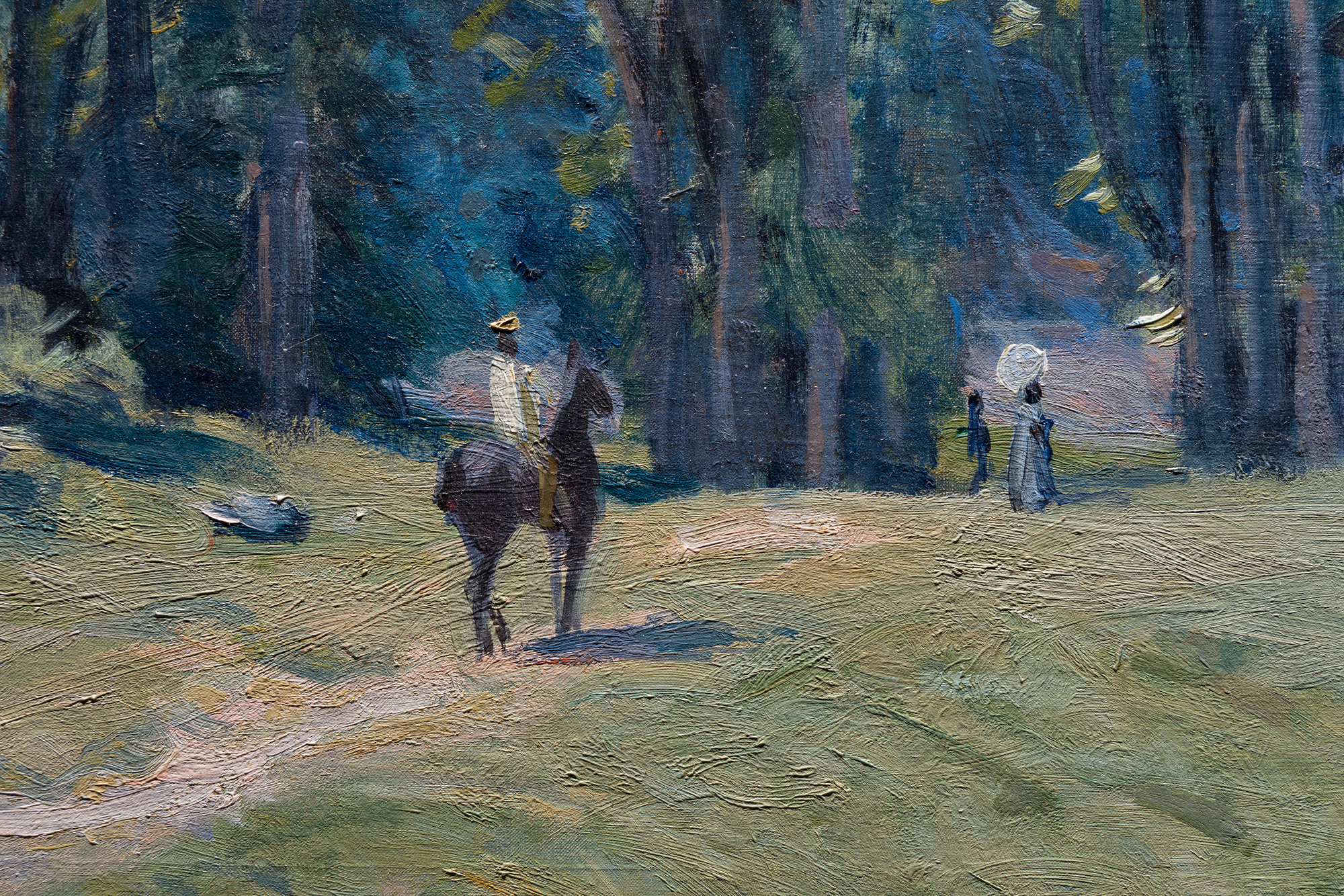
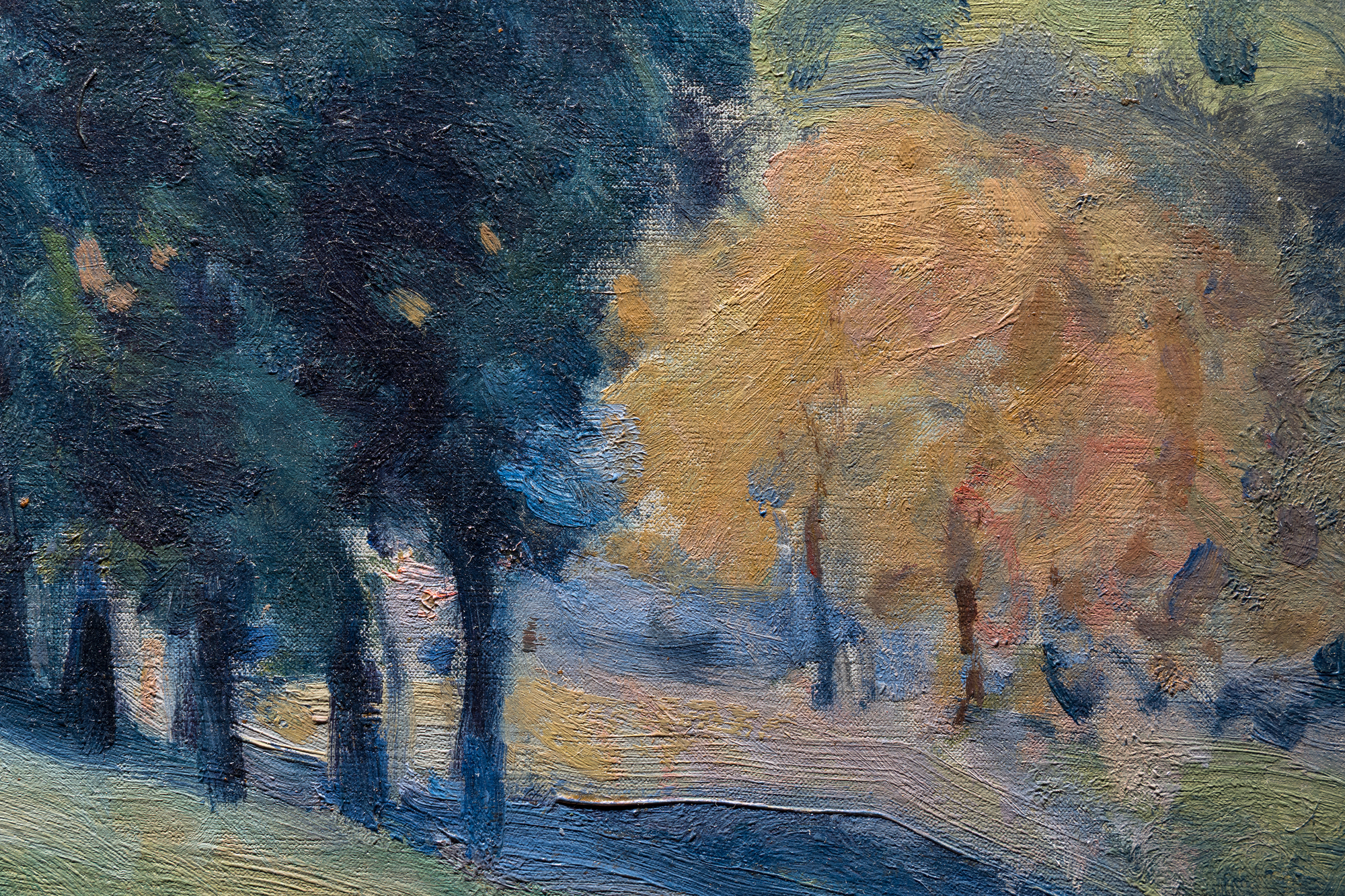
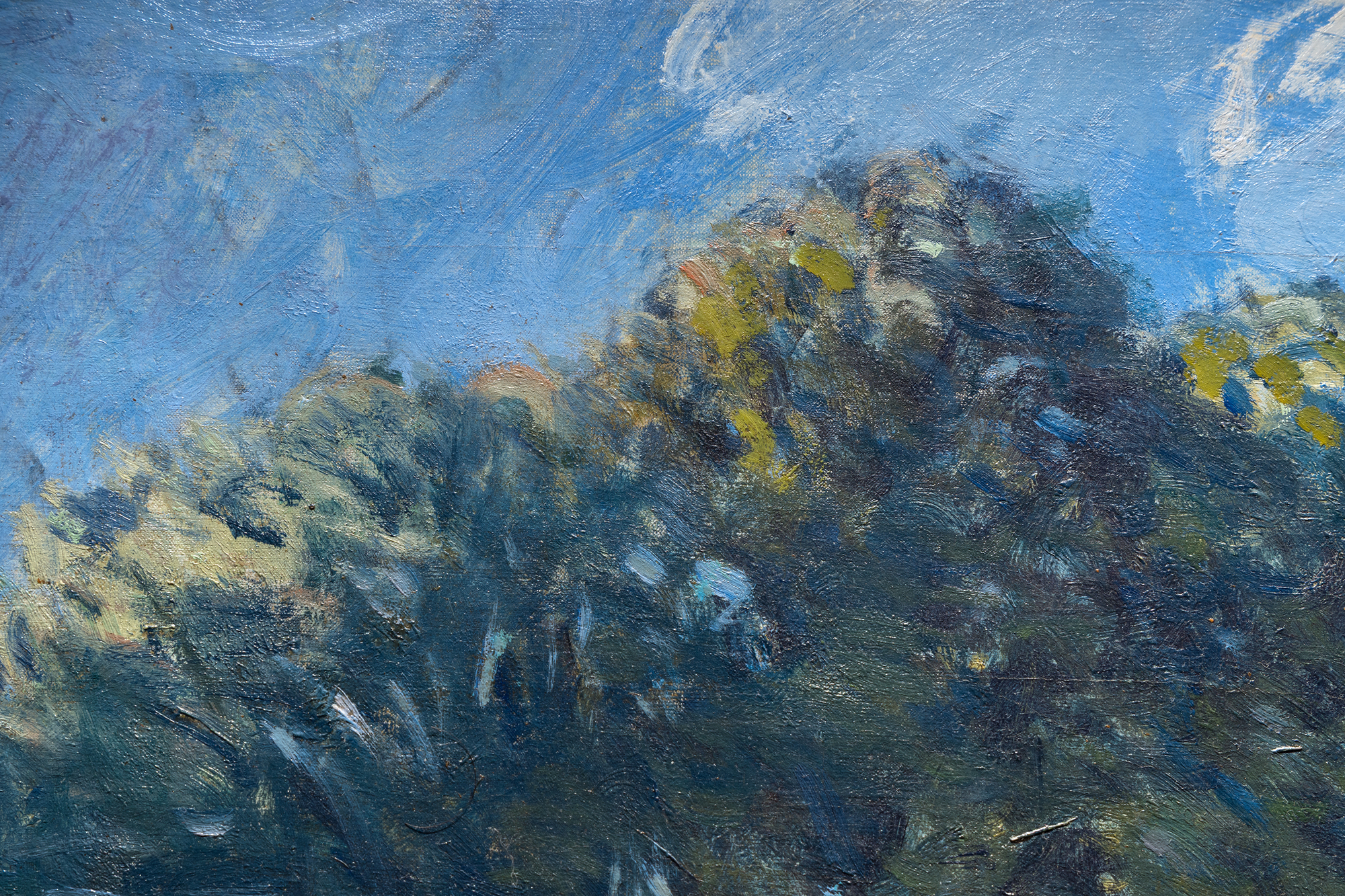
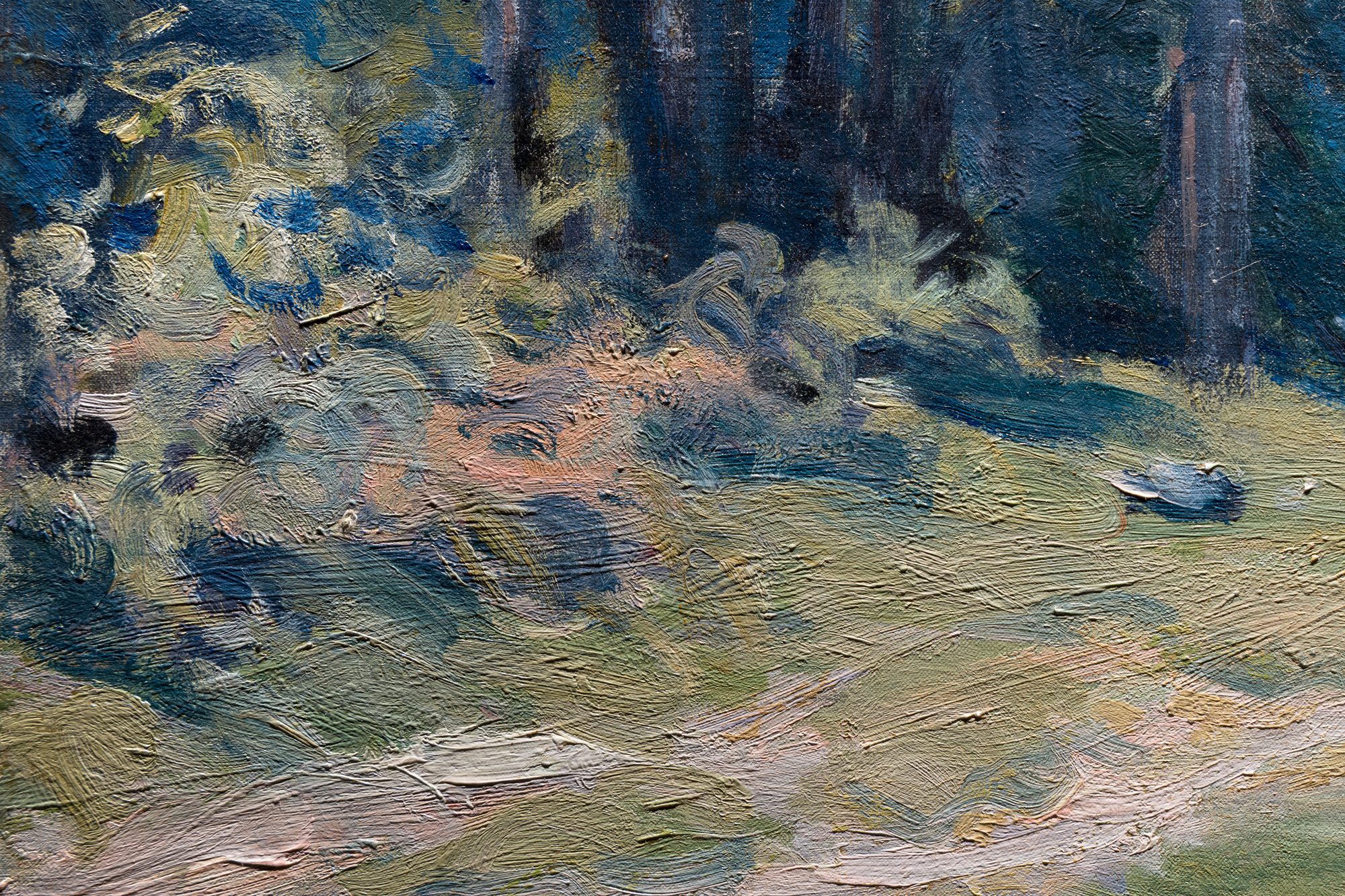
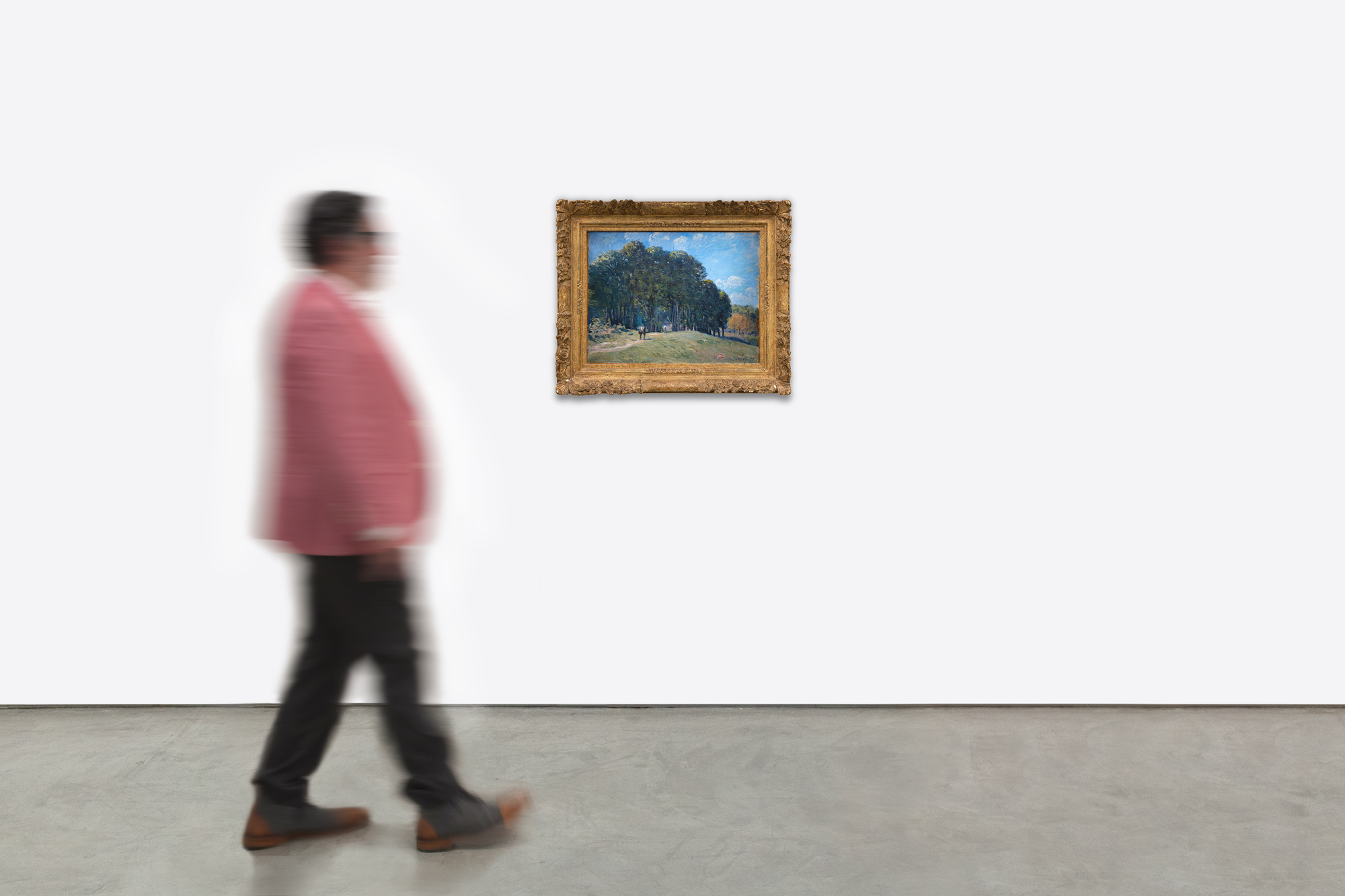
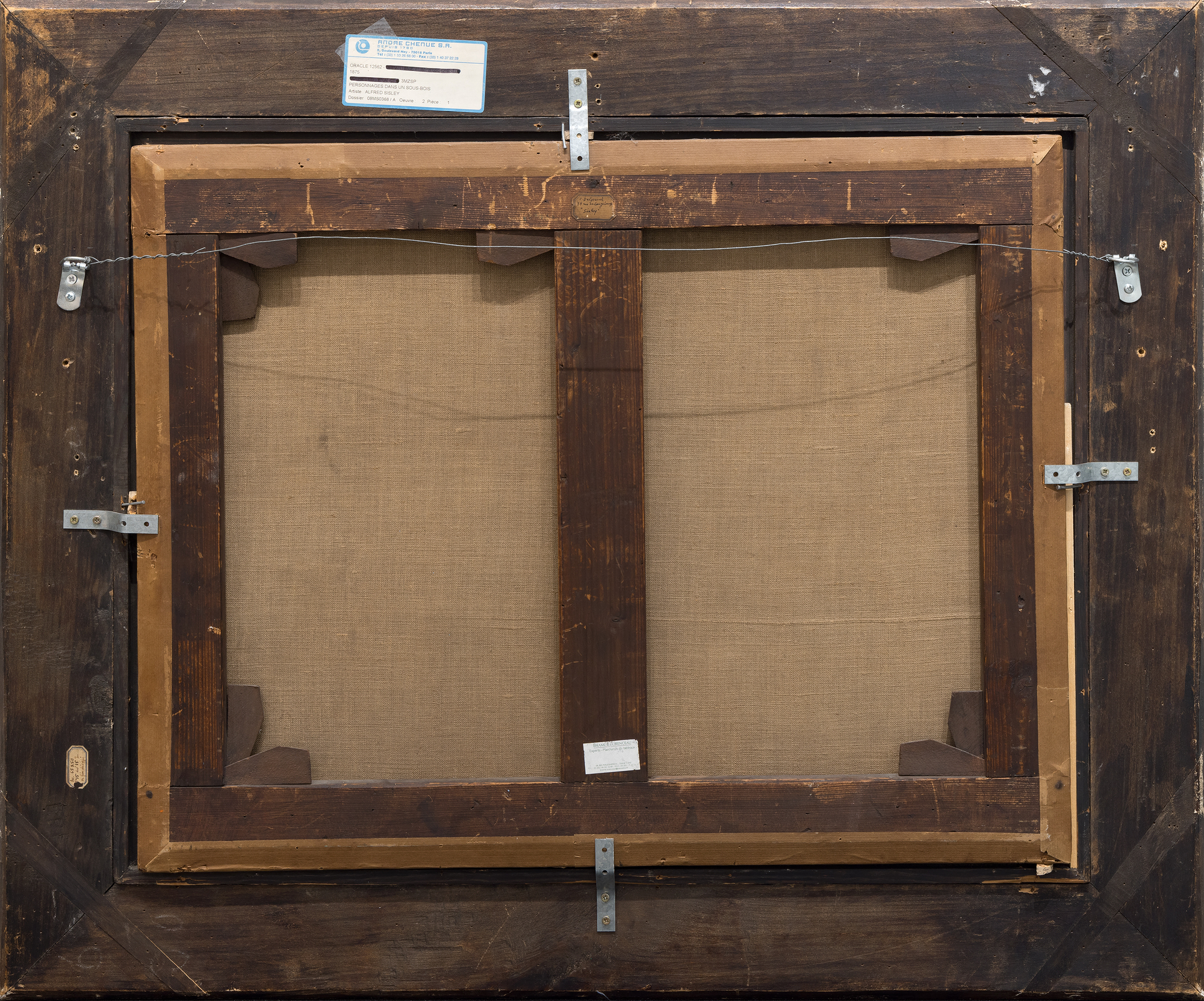
种源
巴黎杜堡巴黎德鲁奥酒店,1903 年 11 月 24 日,第 27 号
雅克-巴尔桑,巴黎
私人收藏,法国,20 世纪 50 年代
私人收藏,从上而下
私人收藏,佛罗里达州
文学
Sylvie Brame 和 François Lorenceau,《Alfred Sisley - Catalogue raisonné des peintures et des pastels》,巴黎,2021 年,编号 196,第 104 页。价格1,900,000
西斯莱搬到马利勒罗伊,是出于对绿色的热爱,以及在普法战争后经济拮据的情况下养家糊口的需要。这幅作品是在 1874 年印象派画展销售不佳之后创作的,反映了他的坚韧不拔的精神。散射光和几何构图--小径和树木衬托着广阔的天空--让人联想到该地区温和的雾霾。他的亲密同事卡米耶-毕沙罗称赞西斯莱是 "一位伟大而美丽的艺术家,在我看来,他是与最伟大的艺术家齐名的大师"(毕沙罗,引自 C. Lloyd,《阿尔弗雷德-西斯莱与纯净的视觉》,第 5-33 页,M. Stevens(编),《阿尔弗雷德-西斯莱》,展品,纽黑文和伦敦,1992 年,第 8 页)。Brame and Lorenceau 的 2021 年目录指出,西斯莱的 1,013 幅油画中有 360 幅收藏于博物馆,这肯定了他的遗产。
这幅简洁而又令人回味的作品让收藏家们难得一见西斯莱的精湛技艺,将自然之美与印象派的创新融为一体。


